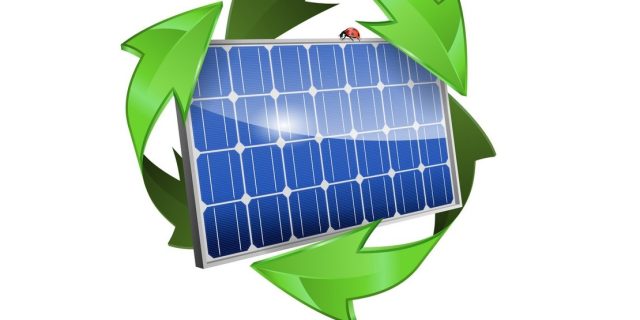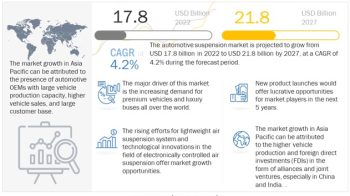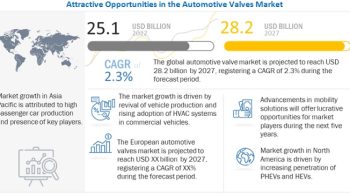
The solar panel recycling market is projected to reach USD 931 million by 2029, at a CAGR of 19.3% from USD 385 million in 2024. The solar panel recycling market encompasses a wide range of technologies and solutions aimed at recycling solar panels. This market includes process such as thermal, chemical, mechanical, laser among others. The escalating volume of recyclable materials, coupled with the proliferation of electronic waste in landfills, serves as a compelling driver for the advancement of solar panel recycling initiatives. As the global adoption of solar energy continues to soar, the accumulation of end-of-life solar panels adds to the mounting electronic waste dilemma. Recognizing the environmental and economic benefits of recycling solar panels, stakeholders are increasingly motivated to develop and implement efficient recycling processes. By diverting solar panels from landfills and extracting valuable materials for reuse, solar panel recycling not only mitigates environmental pollution but also contributes to the conservation of finite resources, thus aligning with sustainable waste management practices.
Request For FREE Sample of Report at https://www.marketsandmarkets.com/requestsampleNew.asp?id=2927896
Major players in this market compete through product innovation, strategic partnerships, and geographic expansion to cater to the diverse needs of solar panel recycling sector globally.
Based on type, the solar panel recycling market has been segmented into monocrystalline, polycrystalline, thin film and others. Polycrystalline accounted for the largest share, in terms of value, of the global market in 2024.
Polycrystalline solar panels are anticipated to have the largest market share in the solar panel recycling market due to their widespread adoption in the photovoltaic industry. These panels are commonly used in solar installations worldwide, contributing significantly to the overall volume of end-of-life solar panels available for recycling. Consequently, polycrystalline panels constitute a significant portion of the solar panel market globally, ensuring a substantial volume of end-of-life panels available for recycling. As a result, there is a growing demand for efficient recycling processes tailored to handle the unique characteristics of polycrystalline panels. Moreover, advancements in recycling technologies are facilitating the recovery of valuable materials from these panels, further driving their prominence in the solar panel recycling market.
Download PDF Brochure at https://www.marketsandmarkets.com/pdfdownloadNew.asp?id=2927896
Based on process, the solar panel recycling market has been segmented into thermal, chemical, mechanical, laser, combination and other processes. Mechanical process accounted for the largest share, in terms of value, of the global market in 2024.
Mechanical recycling holds a prominent position in the solar panel recycling market due to several key factors. Firstly, mechanical recycling is characterized by its simplicity and cost-effectiveness compared to other recycling methods. This simplicity makes it more accessible and feasible for recycling facilities to implement on a large scale, thereby contributing to its widespread adoption.
Additionally, mechanical recycling involves the physical separation and sorting of different components of solar panels, such as glass, aluminum, and silicon, without the need for complex chemical treatments or high-temperature processes. This aspect not only reduces the operational costs associated with recycling but also minimizes the environmental impact by avoiding the use of hazardous chemicals or excessive energy consumption. Overall, the simplicity, cost-effectiveness, and versatility of mechanical recycling processes make them the preferred choice for handling the recycling of solar panel waste generated globally, consolidating its position as the largest market share segment in the solar panel recycling market.
Based on material, the solar panel recycling market has been segmented into silicon, metal, plastic, glass and others. Metals segment accounted for the largest share, in terms of value, of the global market in 2024.
Metals, especially metals like aluminum, have the largest market share in the materials segment of the solar panel recycling market due to several reasons. Firstly, solar panels contain a significant amount of metal components, with aluminum frames and electrical wiring being common features. These metals are crucial for the structural integrity and electrical conductivity of the panels, making them essential components of the recycling process.
Secondly, metals like aluminum are highly valuable recyclable materials with established recycling infrastructure and market demand. Aluminum, for example, can be recycled repeatedly without losing its quality, making it an attractive material for recycling facilities and scrap metal markets.
Furthermore, the growing demand for sustainable and circular economy practices in the renewable energy sector has further boosted the market share of metals in solar panel recycling. By recycling metals from end-of-life solar panels, the industry can reduce reliance on virgin materials, conserve natural resources, and minimize environmental impacts, driving the dominance of metals in the solar panel recycling materials segment.
Based on Shelf life, the solar panel recycling market has been segmented into Early loss and Normal Loss. Normal Loss segment accounted for the second largest share, in terms of value, of the global market in 2024.
Normal loss by shelf life segment accounts for the second-largest share in the solar panel recycling market due to several factors. Firstly, as solar panels age, they naturally degrade over time, leading to a decrease in their efficiency and performance. This degradation is a common phenomenon observed in all solar panels and is typically accounted for in their design and expected lifespan.
Secondly, the normal loss by shelf life segment encompasses a significant portion of end-of-life solar panels, as panels reach the end of their operational life after around 25 years. As a result, there is a steady stream of solar panels entering the recycling market due to their age-related deterioration.
Overall, the combination of aging solar panel installations, reaching the end of their operational life, and the subsequent need for recycling to recover valuable materials drives the normal loss segment to account for the second-largest share in the solar panel recycling market.
Europe is the largest region for the solar panel recycling market due to several key factors. Firstly, Europe has been at the forefront of implementing stringent environmental regulations and sustainability initiatives, driving the adoption of solar energy and, consequently, the need for solar panel recycling. The European Union’s Waste Electrical and Electronic Equipment (WEEE) Directive, for example, mandates the proper disposal and recycling of electronic waste, including solar panels, contributing to a robust recycling infrastructure.
Secondly, Europe’s commitment to circular economy principles has spurred investment in recycling technologies and facilities. Governments, businesses, and consumers in Europe prioritize resource efficiency and waste reduction, creating a conducive environment for the development of solar panel recycling solutions.
Furthermore, Europe’s dense population and high concentration of solar installations result in a significant volume of end-of-life solar panels, further driving the demand for recycling services and materials recovery. As a result, Europe holds the largest market share in the materials segment of the solar panel recycling market, reflecting its leadership in sustainable waste management and resource conservation efforts.
The key players in this market are First Solar (US), Reiling GmbH & Co.KG (Germany), The Retrofit Companies, Inc. (US), Rinovasol Global Services B. V. (Netherlands), We Recycle Solar (US), ROSI (France), SILCONTEL LTD (Israel), Etavolt Pte. Ltd. (Singapore), PV Industries Pty Ltd (Australia), SOLARCYCLE, Inc. (US), etc. Partnerships and expansions are the major growth strategies adopted by the key players in the market.


